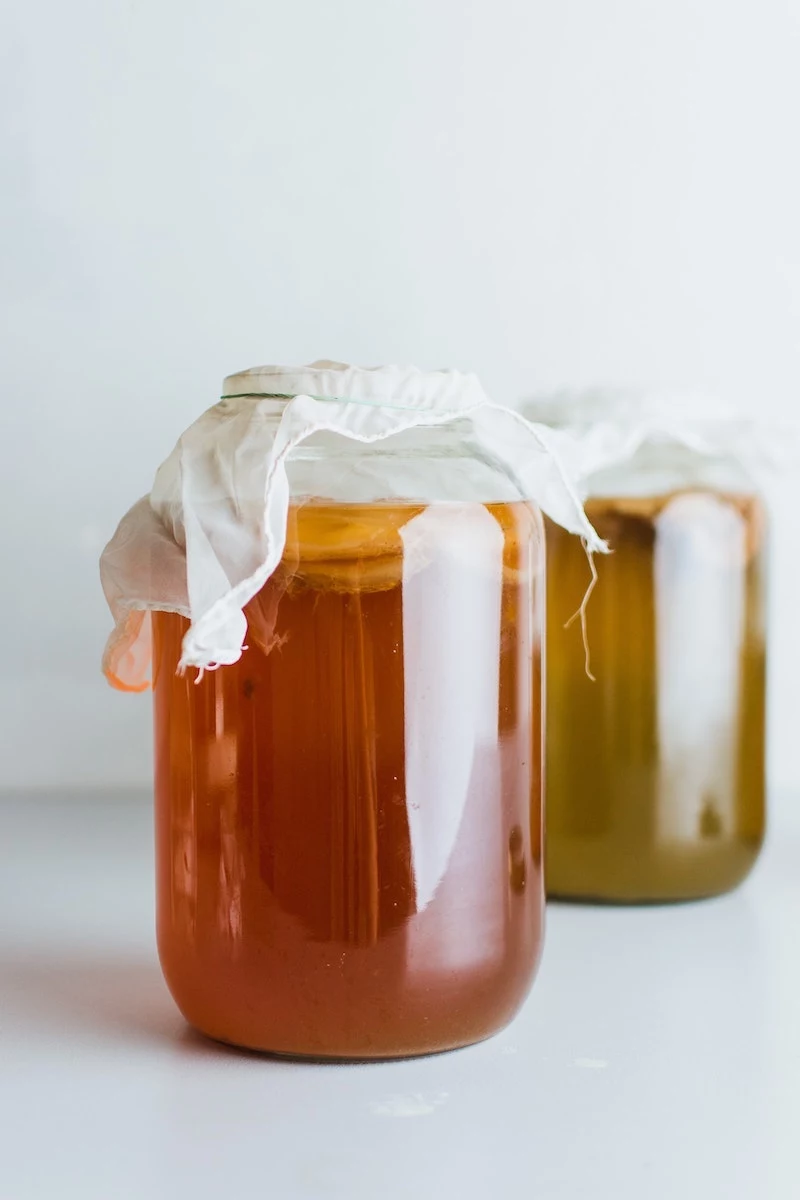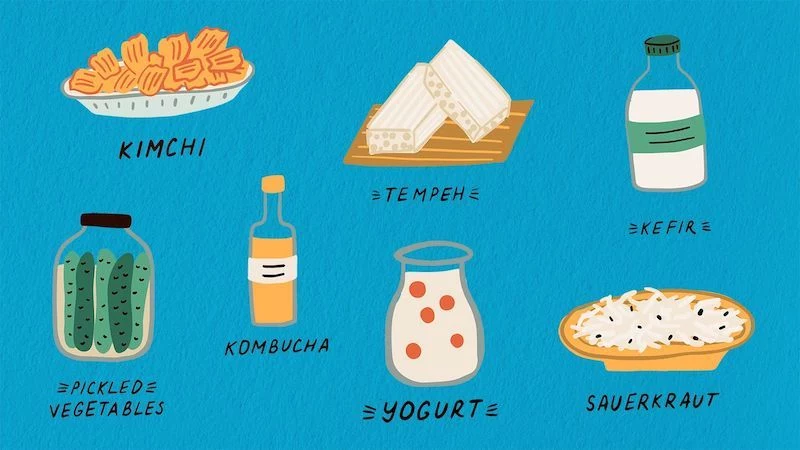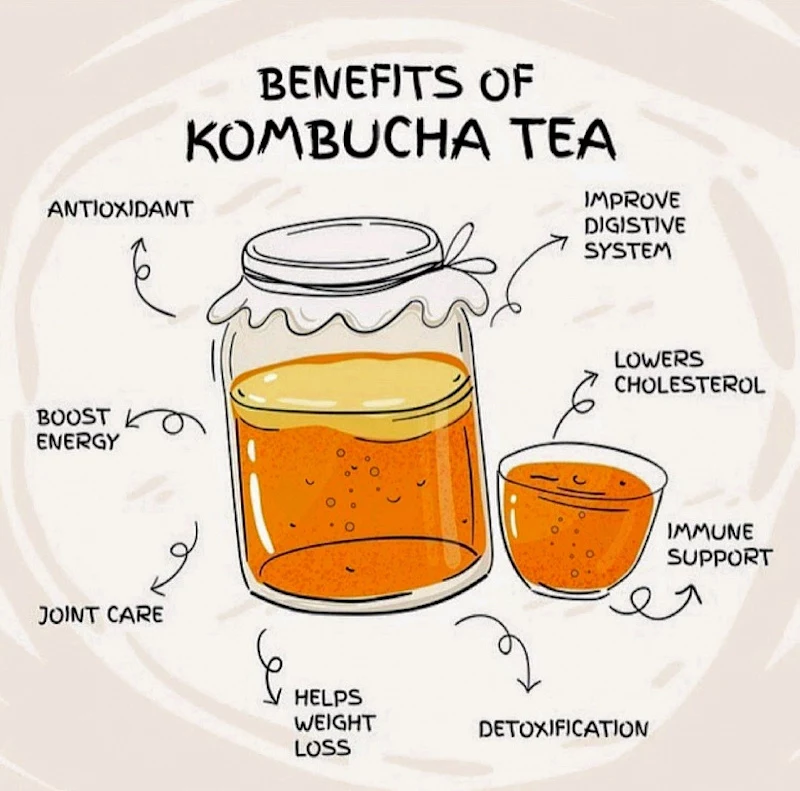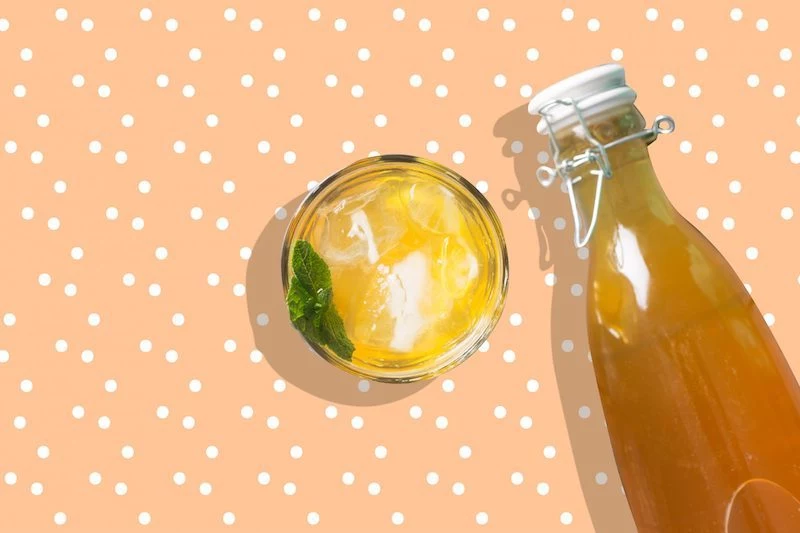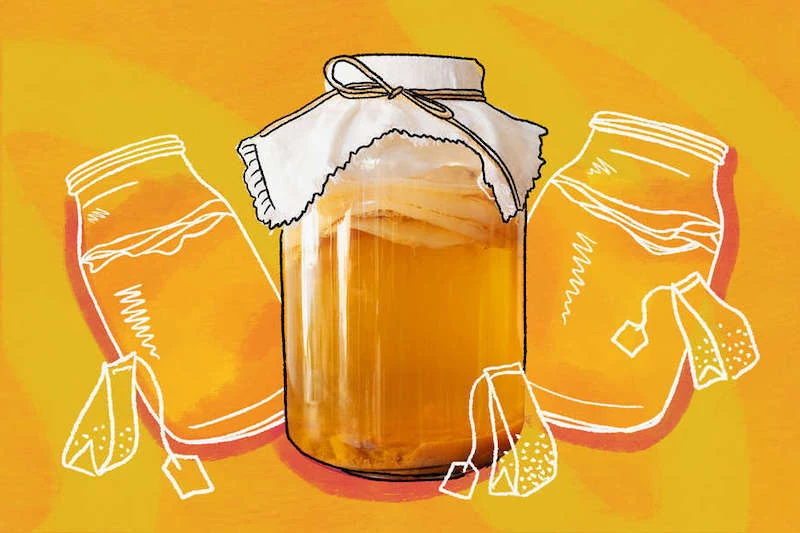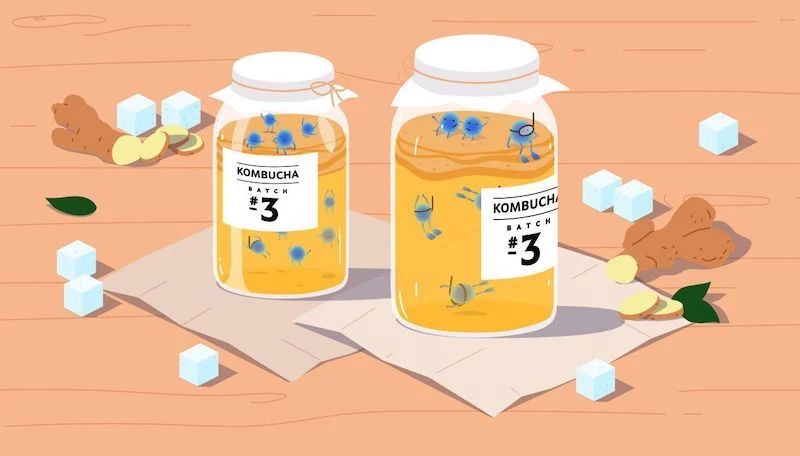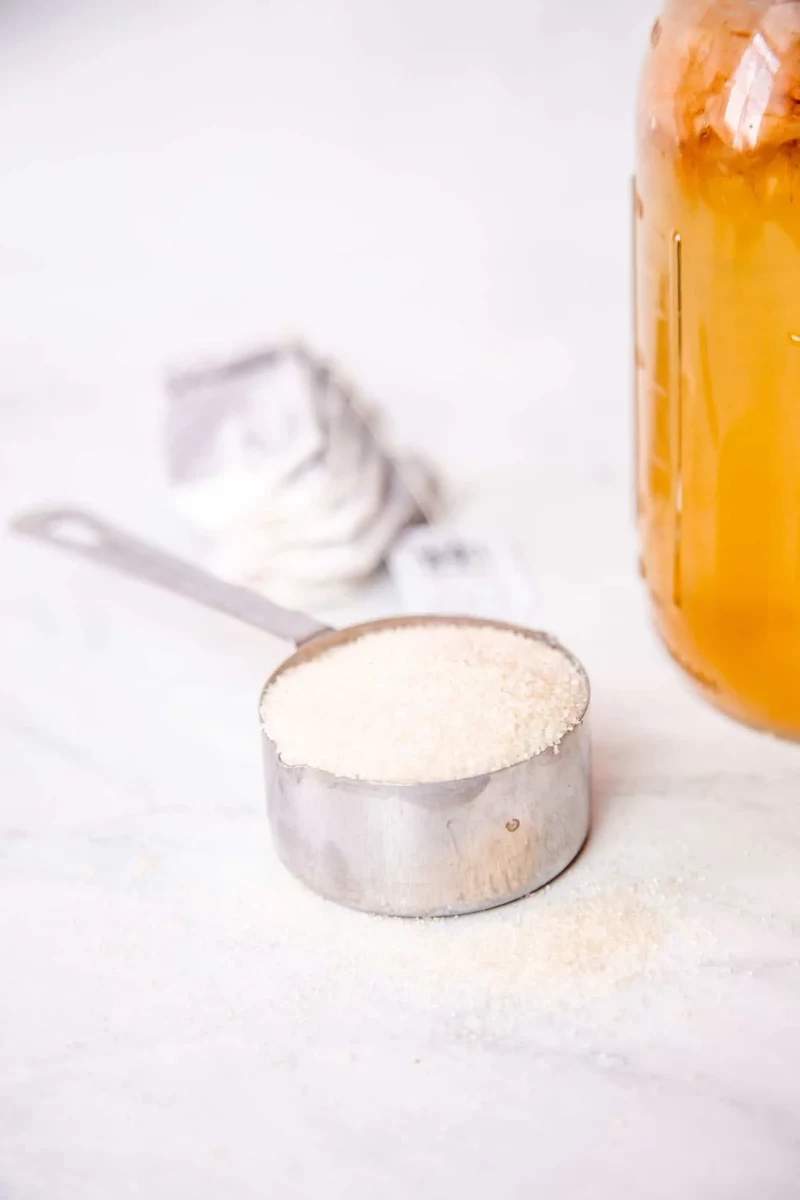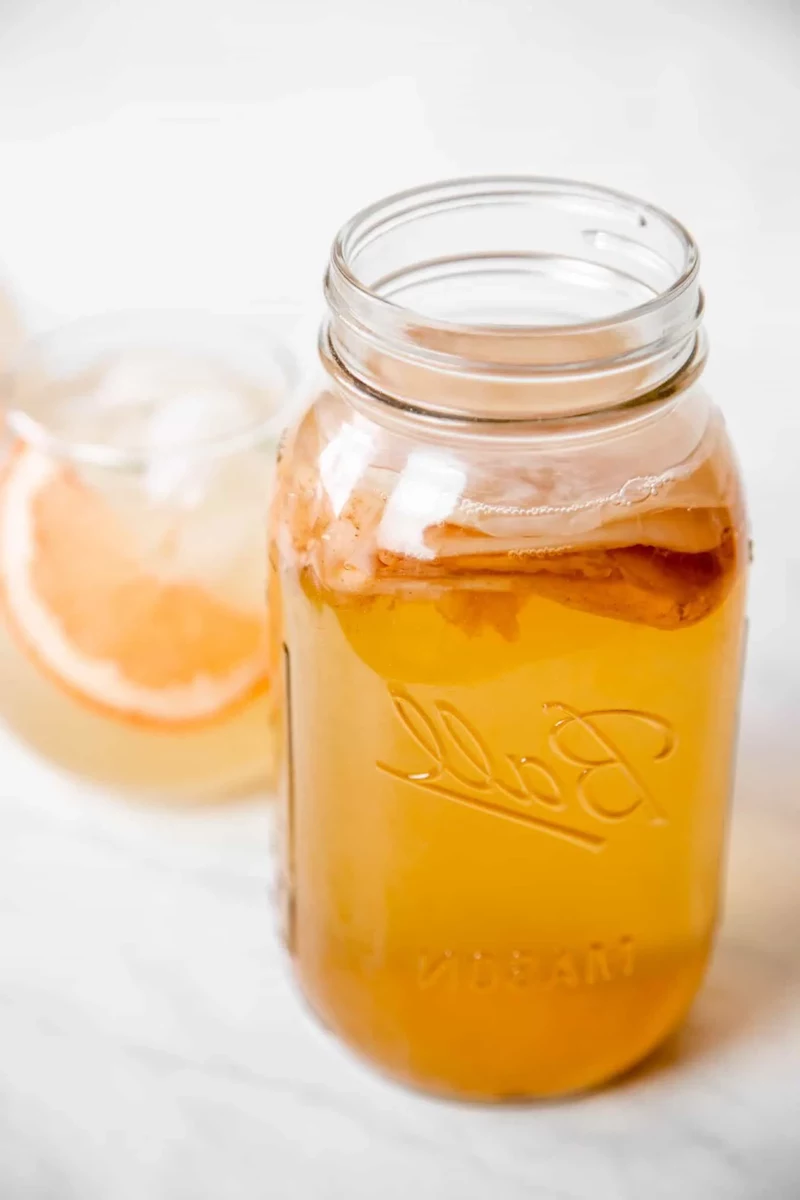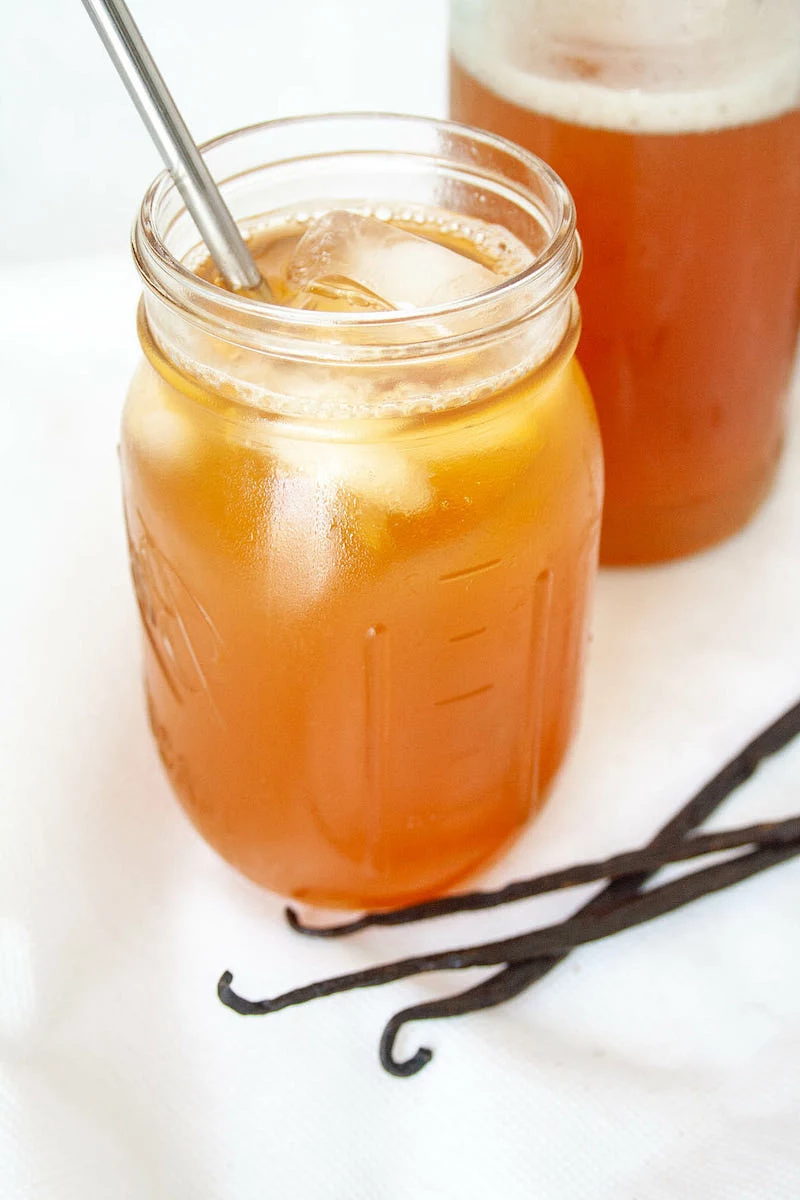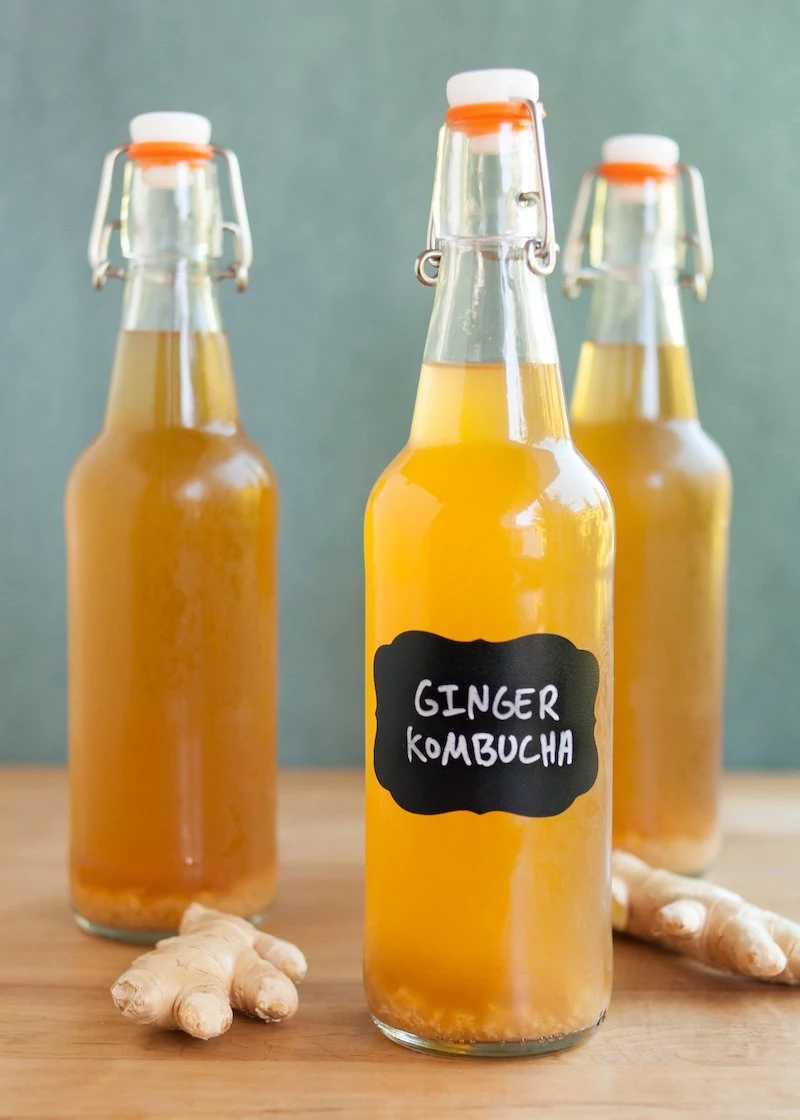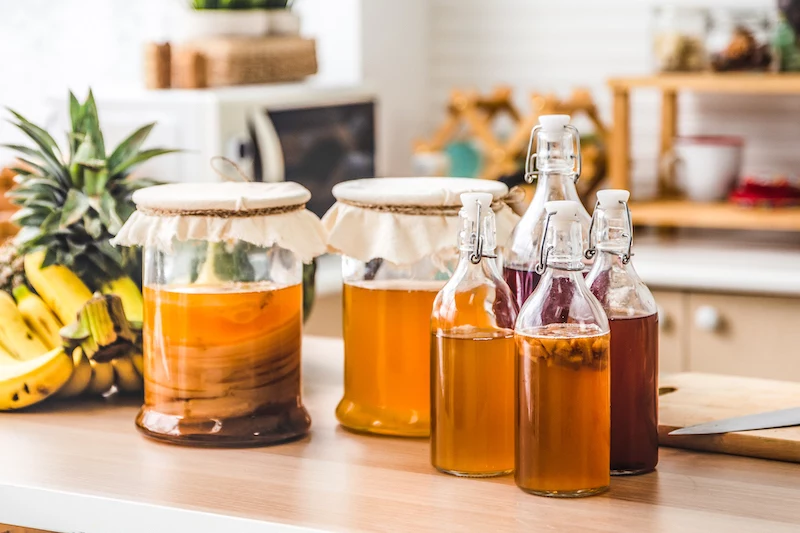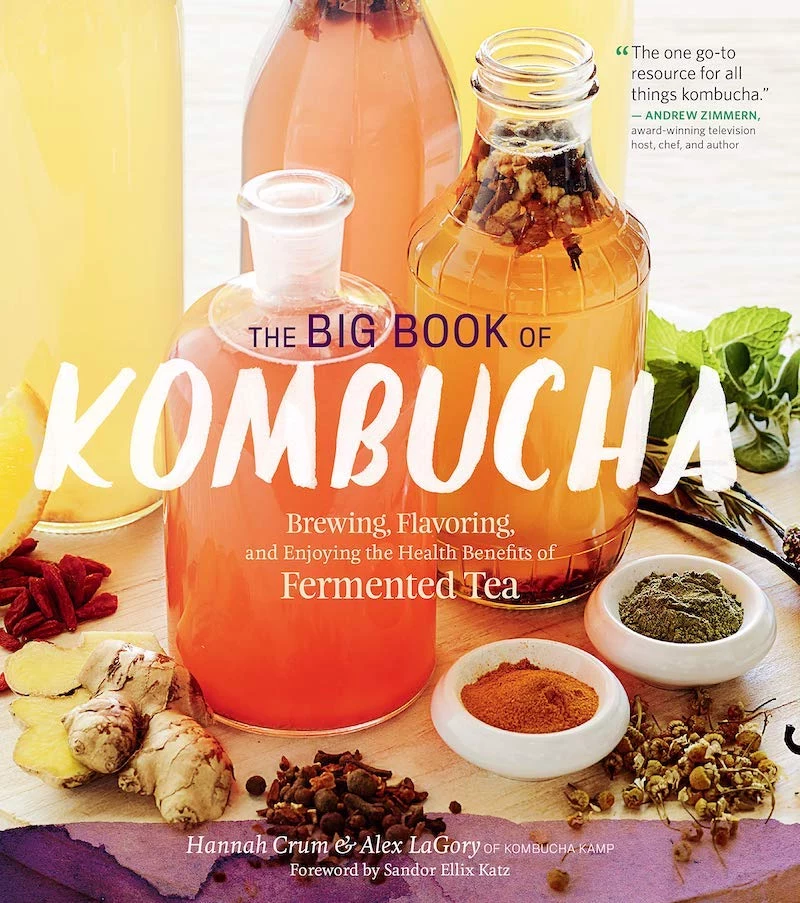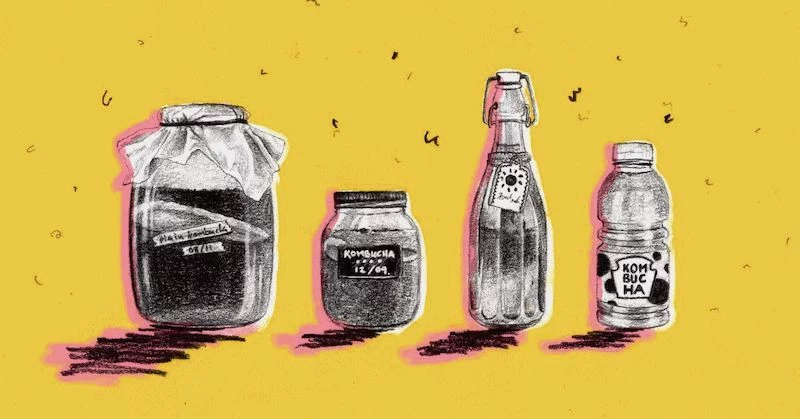The Best Homemade Kombucha Recipe: A Healthy Fizzy Fermented Tea
In recent years, kombucha has become a staple wellness drink for many vegetarians and vegans. That is because this healthy fermented tea is an amazing drink that supports healthy gut bacteria. And, since most probiotics can be found in milk, it is no wonder so many people that follow a dairy-free diet made kombucha a significant part of their diet. This fizzy tea is loaded with health benefits and once you get accustomed to its unique taste, you will crave more and more of this drink! That is why we want to explore kombucha’s health benefits and show you how you can make homemade kombucha easily at home! You will never again have to pay for the standard overpriced kombucha brands when you can easily make your own. So, continue reading this article for the best kombucha recipe out there:
It is time to learn how to make fermented kombucha tea
Kombucha brands are not as affordable as we would want, so why not make our own at home
What is kombucha?
Kombucha is a tea that has been fermented in a special process. It is prepared by infusing sweetened black or green tea with bacteria and yeast. A Symbiotic Colony of Bacteria and Yeast (or SCOBY for short) is a mixture of both bacteria and yeast that sits in the kombucha tea for a long period of time (weeks or months) before the drink is ready. Yeast is a fungal species with only one cell that feeds on the sugar in kombucha. It’s the “Y” in SCOBY, and it is crucial to the fermentation process. By releasing carbon dioxide, the yeast also helps to carbonate the kombucha. That is where the wonderfully sweet yet tangy fizz comes from! Kombucha has the same health advantages as other fermented foods like kimchi, sauerkraut, and yogurt because it is fermented. Kombucha’s bacteria and yeast offer healthy probiotics, which can help to strengthen or repair your gut flora and ease digestion!
Here are the basic kombucha tea stats:
Kombucha is one of the most potent probiotic foods
These foods and drinks are crucial for gut health
What are the benefits of kombucha?
Kombucha tea boasts several amazing health benefits. As we mentioned, it is the perfect drink to aid digestion and support gut health! What’s more, kombucha is a powerful antioxidant, it lowers cholesterol levels, supports the immune system, boosts your energy, and more. That is why having a cup or two of kombucha tea every day will be so good for your body and wellness. If you want to learn more in-depth about all the amazing benefits of kombucha tea or the potential side effects you might experience, check out our complete kombucha benefits guide here!
Kombucha tea boasts some amazing benefits
There are several reasons to start making and drinking your own kombucha
Is it healthy to drink kombucha every day?
According to studies, you can drink 4-ounce kombucha up to three times per day. If it’s home-brewed like the one we will show you below, limit yourself to 16 ounces of tea each day. If you drink too much, you risk consuming too much sugar, caffeine, and probiotics, which are not great for you in large quantities. So, be careful and enjoy your healthy kombucha tea in moderation. This drink is great for body detox and weight loss but drinking too much of it, might have some side effects.
Kombucha tea is safe to consume every day
With homemade fermented tea, limit yourself to 16 ounces per day
How to make homemade kombucha
This recipe is: gluten-free, vegan, vegetarian
Prep time: 30 minutes
Fermentation time: around 6 weeks
Total time: around 6 weeks in total
Servings: around 16 servings
Here is how you can make the delicious fermented tea easily at home
What you will need:
For making the SCOBY:
- 7 cups of clean water (bottled water)
- half a cup of white sugar
- around 4 tea bags of black (around 1 tbsp if using loose tea)
- a cup of unpasteurized and unflavored store-bought kombucha
For the First Fermentation:
- 14 cups of clean water (bottled water)
- a cup of white sugar
- 8 tea bags of black or green tea (or around 2 tbsp of loose tea)
- 2 cups of unflavored kombucha
- 1 or 2 SCOBYs
Second Fermentation:
- the homemade kombucha you made from the first fermentation
- sweetener of choice
Step-by-step Instructions:
1. Making the SCOBY:
- In a clean pot, bring the water to a boil. Then remove the pan from the heat and stir in the sugar. While the water cools to room temperature, add the tea and let it steep. The water is only ready to use after it has reached room temperature (you can test this by sucking some water out with a straw).
- After that, fill your jar(s) halfway with the sweetened tea, then halfway with store-bought kombucha.
- Then cover with a couple of layers of the tightly woven cloth and use rubber bands to keep it in place.
- Finally, for 1 to 4 weeks, place somewhere dark and room temperature (70-75 degrees F, 21-24 degrees C) until a 14 inch (12 cm) SCOBY forms.
This is the process of making the fermented tea
This is what SCOBY looks like
2. First Fermentation:
- In a clean pot, bring water to a boil. Then remove the pan from the heat and stir in the sugar. While the water cools to room temperature, add the tea and let it steep.
- After that, remove your SCOBY from the tea with very clean hands and place it on a clean dish. Then rinse the jar thoroughly (s). Fill your jars halfway with sweetened tea, then halfway with beginning kombucha.
- Then place the SCOBY in the jar gently, then cover it with a couple of layers of the tightly woven fabric and a rubber band. Place the jar(s) somewhere dark and cool (70-75 degrees F, 21-24 degrees C) for 6 to 10 days. At around 6 days, start sampling the tea by carefully taking out some of it with a straw. The longer the tea ferments, the more sugar molecules are consumed, and the tea becomes less sweet.
- Finally, around 2 cups of this batch should be saved to serve as starter kombucha for your future batch, simply leave it in the jar with the SCOBYs. The rest of the ingredients can go into the second fermentation.
White sugar is what feeds the yeast to make fermented tea
3. Second Fermentation:
- First, strain the tea into bottles, leaving about 1 1/2 inches of space at the top. Then add your sweetener of choice and close tightly with the lid.
- After that, allow 3 to 10 days for fermentation in a dark, room-temperature environment.
- Before serving, filter out the fruit, if preferred. And, refrigerate to slow down the carbonation process.
Kombucha needs to ferment in a cool and dark place
Now it is the time to add your preferred flavors like vanilla beans
Experiment with flavors and combinations
Enjoy!
Watch this YouTube video for visual instructions on how to make fermented tea:
Make some batches of homemade fizzy tea and enjoy it!
This book will help you make the fermented tea
- What is magical blue tea, and what are its benefits?
- How to make boba (bubble) tea?
- Delicious matcha green tea dessert recipes
- How to reuse tea bags: Unique and useful ideas
Kombucha is a must for all tea-lovers out there!
